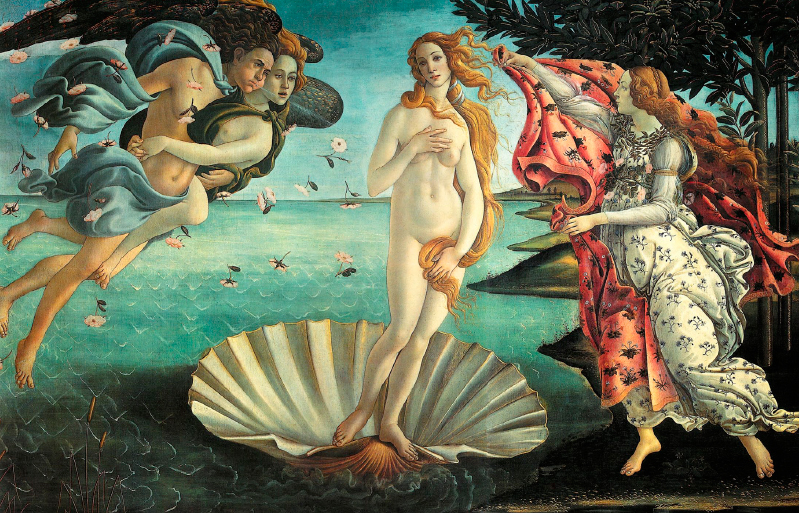
The 1998 appearance of Viagra brought erectile dysfunction (impotence) out of the shadows and revolutionized its treatment. It was also a multibillion-dollar seller worldwide for Pfizer. What about women? Based on multiple reports, 29–43 percent of women experience low libido or hypoactive sexual desire disorder (HSDD), with personal distress, at some time in their life—hence, the need for a drug that increases female sexual desire. The use of Viagra seems obvious, but the premise has faltered based on the realization that the relationship between arousal and desire differs dramatically in men and women.
Arousal almost invariably leads to desire in men but not necessarily in women. Viagra increases blood flow to the genital area—a marker of sexual arousal—in both sexes. However, in women, the key linkage between arousal and desire is far more complex, and their critically sensitive “sex organ” appears to be the brain. Viagra does not work on the brain and, thus, does not increase female desire. Pfizer abandoned hopes of having a pink Viagra in 2004. What other approaches are there?
Although typically thought of as a male hormone, testosterone is secreted by the female ovaries and adrenal gland. Testosterone levels decrease with age—dramatically so after menopause—and hormonal deficiency may contribute to HSDD. Intrinsa, a testosterone-containing skin patch produced by Procter & Gamble, was approved for use in post-menopausal females in Canada in 2002 and in Europe in 2007, but the Food and Drug Administration rejected it. Their 2004 rejection was said not to be based on effectiveness but on concern regarding its long-term safety and potential for off-label use to increase muscle mass and strength.
By contrast, Boehringer Ingelheim exploited the “sex/brain/body” link in conceiving the development of its female libido-enhancing drug. Flibanserin, a non-hormone with complex effects on the brain’s neurotransmitters, was reported by women to increase “sexually satisfying events,” but in 2010, the FDA rejected it because it did not increase sexual desire during clinical studies.
A testosterone-like drug may yet prove to be the elusive female Viagra that increases sexual desire. Nevertheless, some doubt exists as to whether HSDD is an authentic medical disorder or merely a marketing gimmick to sell drugs.
SEE ALSO Mandrake (c. 200 BCE), Food and Drug Administration (1906), Neurotransmitters (1920), Testosterone (1935), Dianabol (1956), Off-Label Drug Use (1962), Viagra (1998).

Venus, the Roman goddess of love and beauty, is depicted in Botticelli’s La nascita di Venere (The Birth of Venus). This masterpiece was painted in 1486 and is now displayed in the Uffizi Gallery in Florence, Italy.